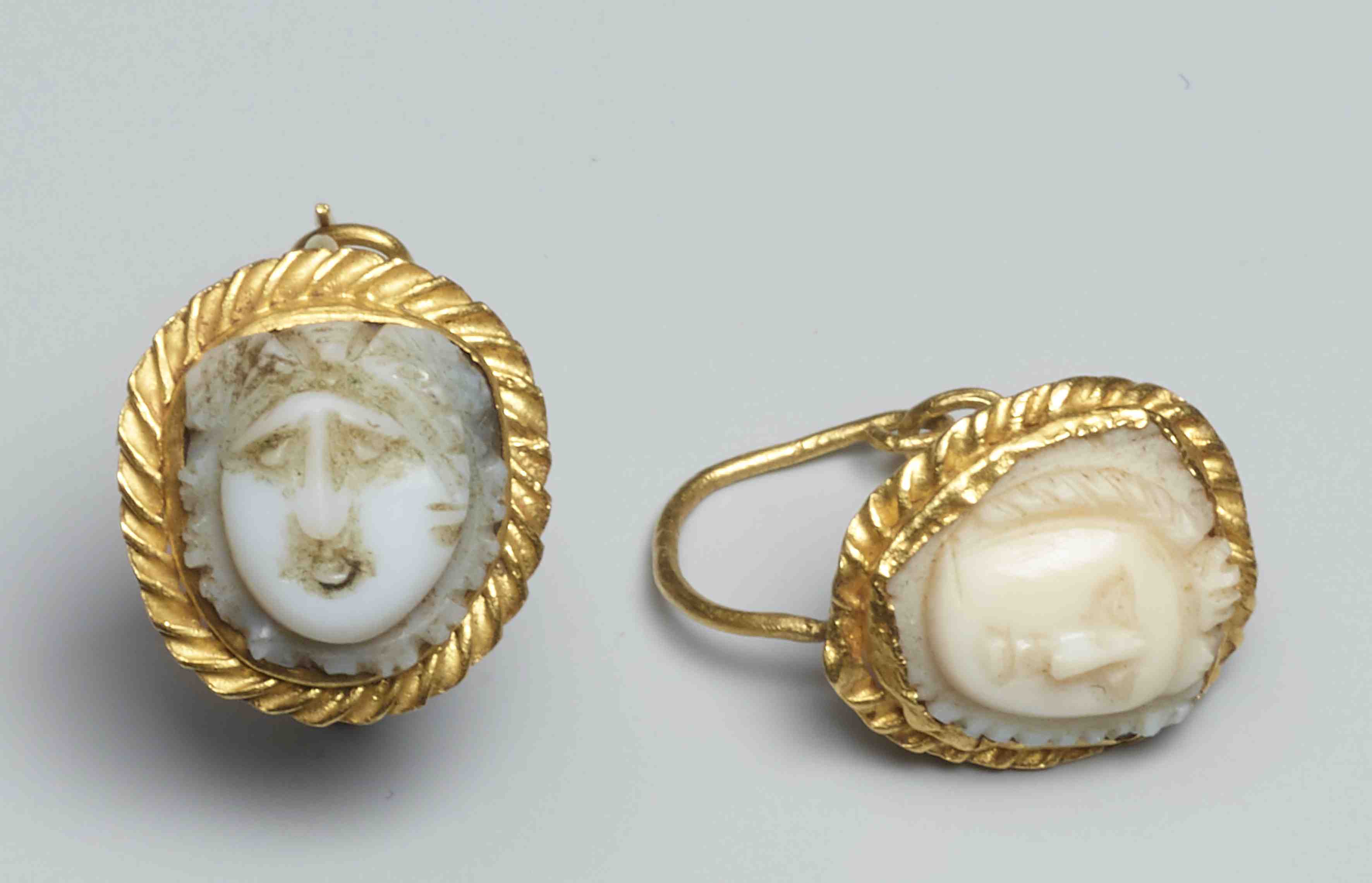Bronze fluted bowl
A very elegantly modelled fluted, lobed-shaped bowl. Below the rim, are attached two arch-shaped swing handles, each terminating in a stylized swan head. The exact purpose of these bowls is unknown but it has been suggested that they developed from earlier shell-shaped bowls, which would have contained water used to rinse diner’s hands, or it was used to serve meat or fish in a liquid sauce, the flutes enabling the sauce to be drained off.
?
Note
The unusual design of this piece, is rare, but has echoes in Roman silverware, and parallels can be found throughout the Roman world. The Mildenhall silver bowl, circa 4th century AD, has a similar fluted design with radiating, alternating concave panels, with swing handles and swan-head terminals (BM inv. 1946,1007.17). Three silver shell-shaped bowls have been found at the Casa del Menandro, Pompei (Naples, NAM inv. 145554 for one) all of which have stylistic similarities, one with swing-handles and two without. From Chaourse, France a silver bowl, circa 200-270 AD, now in the British Museum (BM inv. 1890,0923.4), with twelve lobed petals but no handles. Bronze examples are also known and include a bowl found at Torre Annunziata, (BM,1856, 1226.632) once again with a pair of swing-handles.
Art market, London, 1991
Private collection, Switzerland, acquired from the above
Ville e Casali, Roma e Dintorni, June 1994, 19








